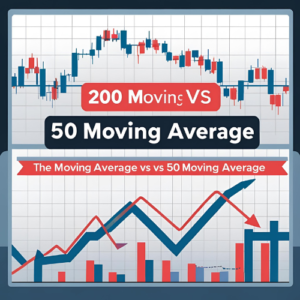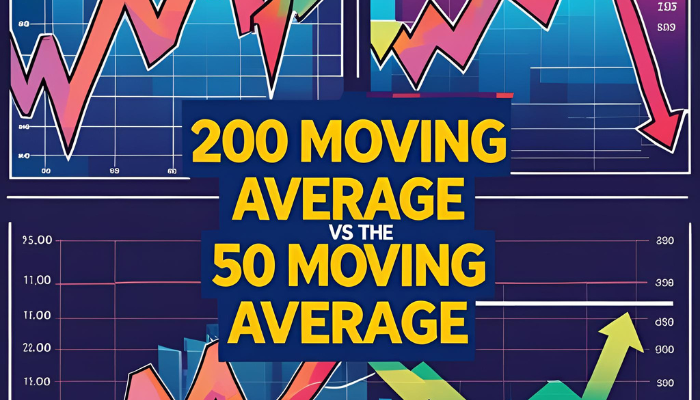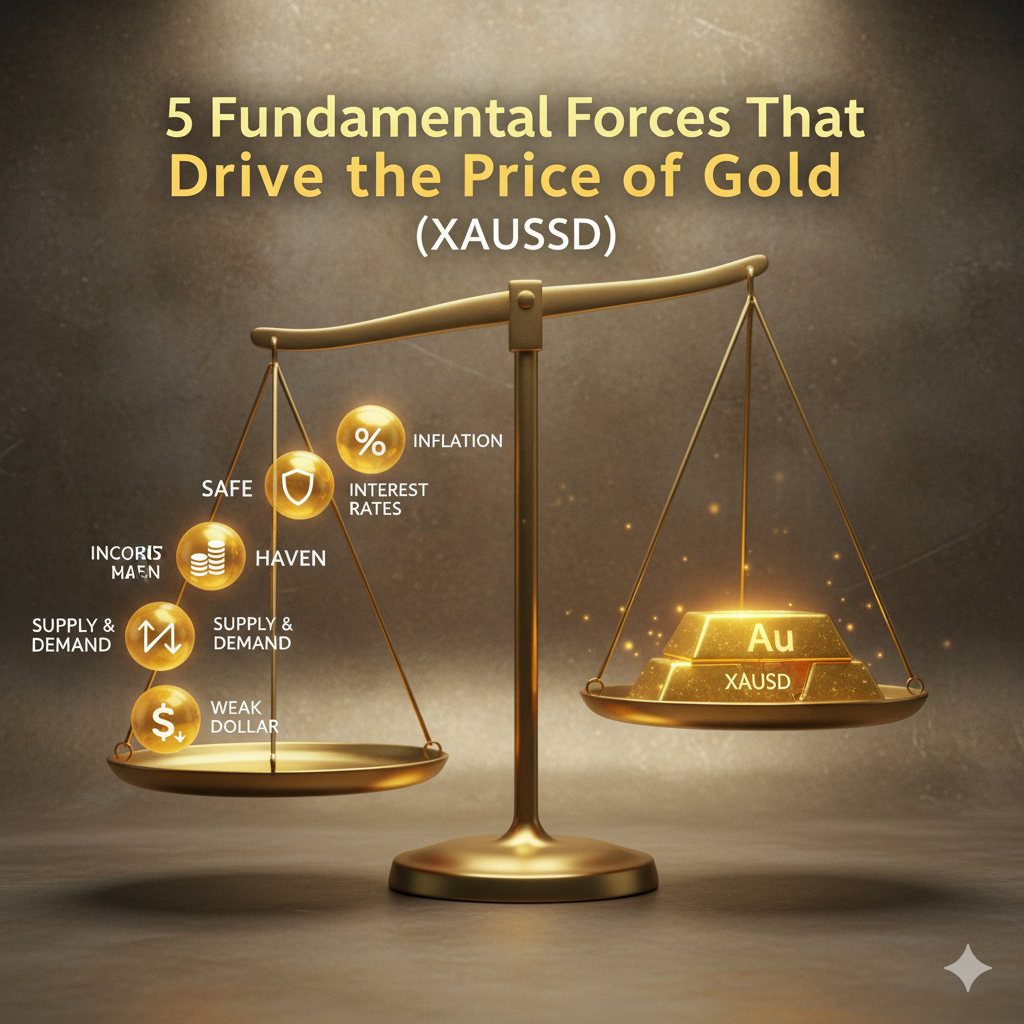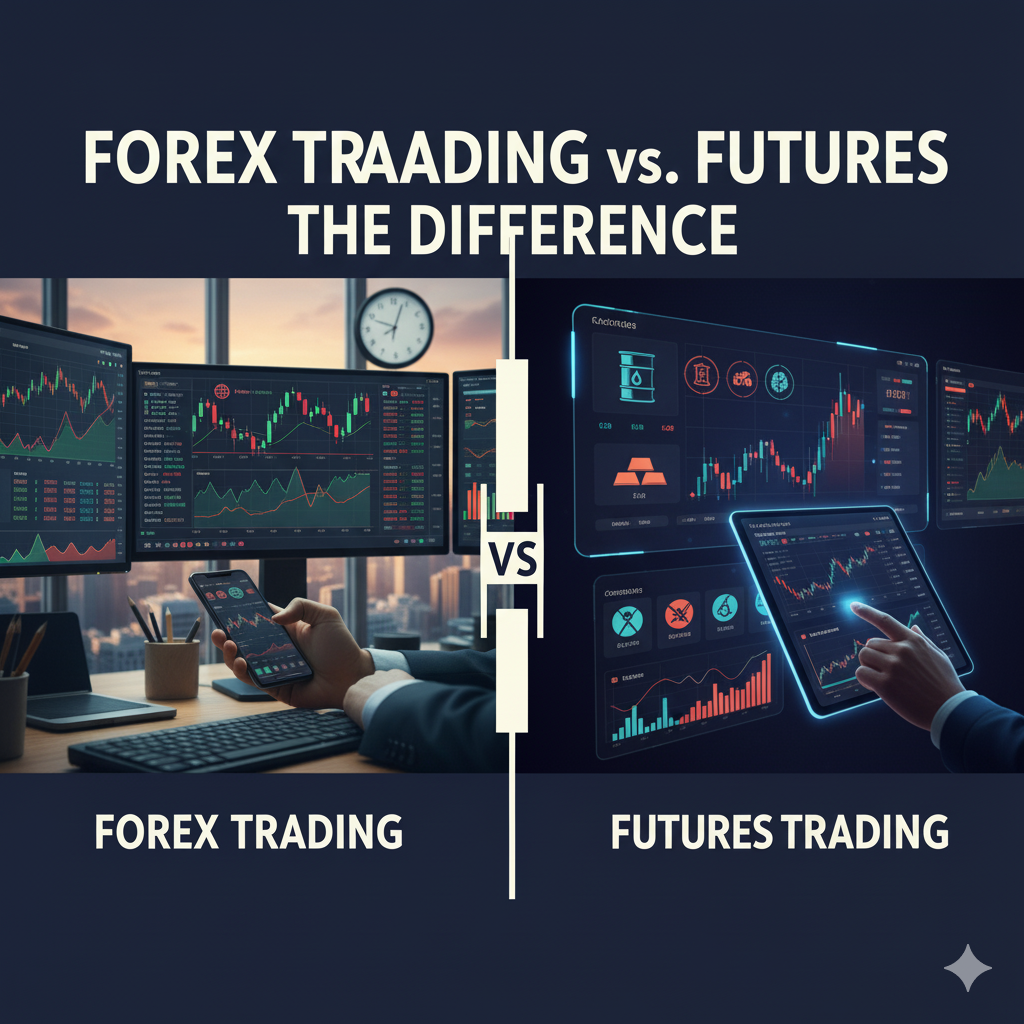Last Updated on August 5, 2025 by Deon
Moving averages or MAs are among the most utilized trading tools, providing traders with a simplified overview of price action by filtering out short-term fluctuations. Yet with multiple timeframe options to select from, which MA should you rely on? Two popular choices are 200-day and 50-day moving averages, each serving its purpose depending on what trading goals are set forth by individual traders. So, here is a comparative analysis of 200 moving average vs 50 moving average trading is described for a better understanding of traders.
200-Day Moving Average as an Extended Measure
200-day MA has been propped as the optimum method of identifying long-term trends. When securities are traded on an above-200-day MA framework, it is likely to denote supportive and prolonged bullish trends or vice versa. Large investors and long-term traders follow this line closely, as it will not only provide a moving support or resistance but also usually indicate an important trend reversal.
50-Day Moving Average Provides Short to Midterm Insight
The 50-day moving average provides a more responsive view of the market than other indicators and is best used for short to medium-term analysis. Due to its quick response rate to recent price movements, swing traders and those seeking active trade setups frequently utilize it as their reference point. When the price stays above this indicator, it demonstrates short-term strength, while trading below may indicate decreasing momentum in its path.

Crossover Signals: Golden and Death Crosses
The interaction between these two moving averages can create powerful trading signals. A ‘golden cross’ occurs when the 50-day MA crosses above its 200-day counterpart. It indicates short-term strength overtaking long-term resistance. On the other hand, any time the 50-day MA dips beneath the 200-day MA, it should be taken as a bearish indicator.
200 Moving Average Vs 50 Moving Average Trading: Select an Appropriate Tool for Your Trade Strategy
The type of moving average that you use depends on the type of trader you are. Investors willing to use a long-term approach may use a 200-day MA due to its usability and dedication, whereas traders who want to analyse the market dynamic within a shorter time frame can resort to 50-day indications. Traders can approach Neuron Markets as a strong platform for complete guidance on using the 200 moving average vs 50 moving average trading, carefully.
Moreover, the combined usage of the MAs may result in a detailed perception of the market activity. But moving averages should be combined with other instruments and good risk management skills to work to their full potential.




